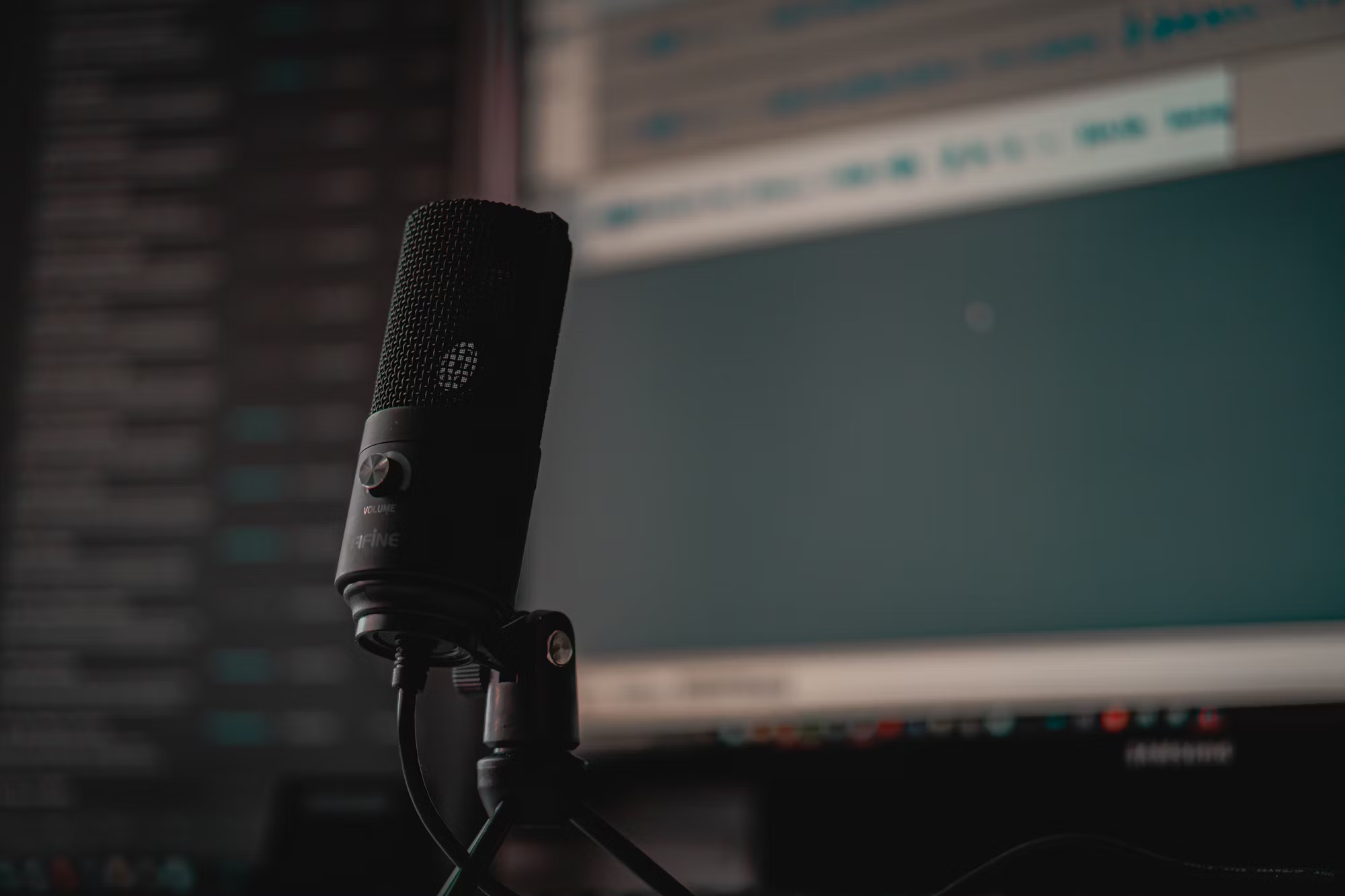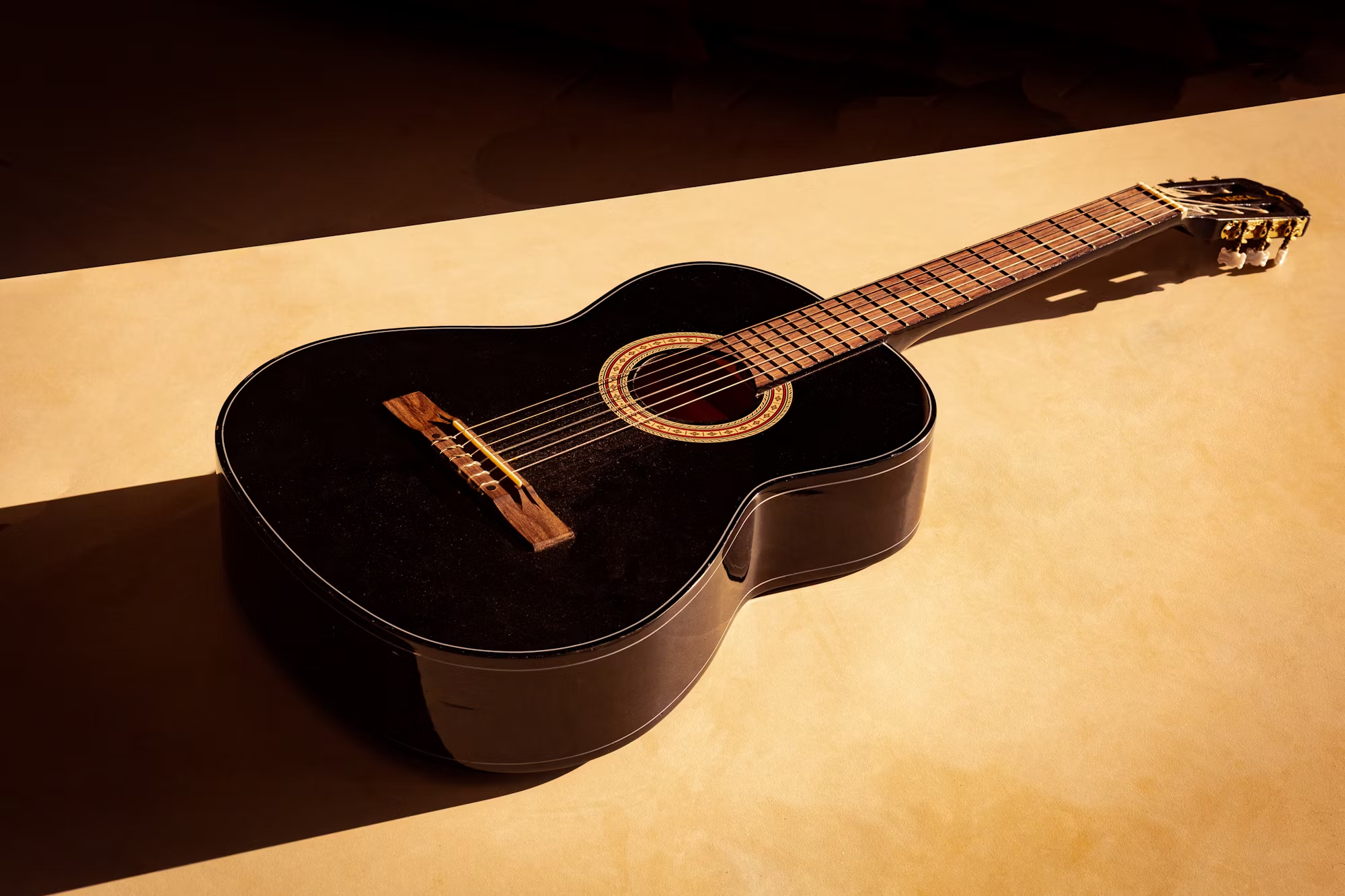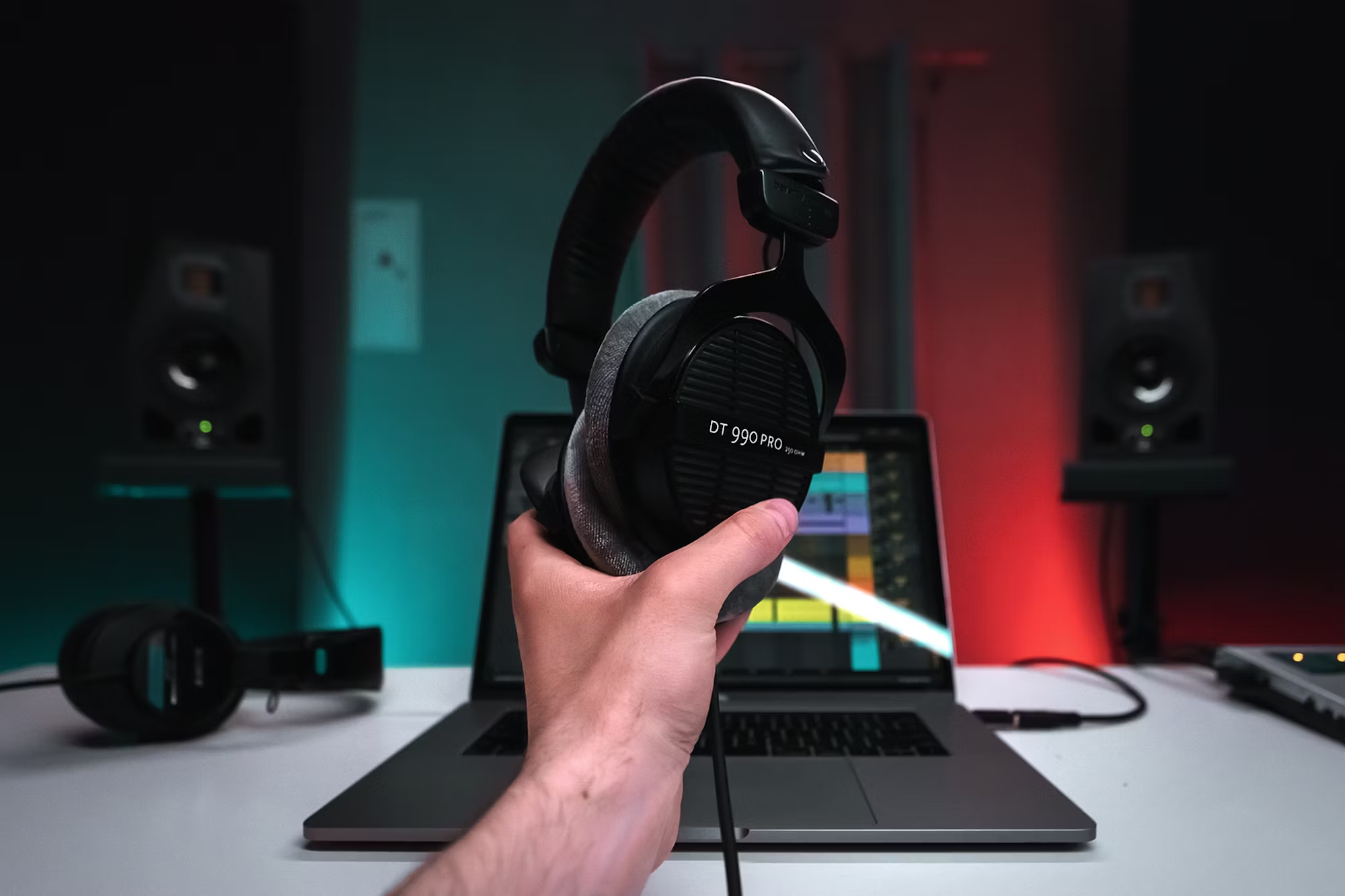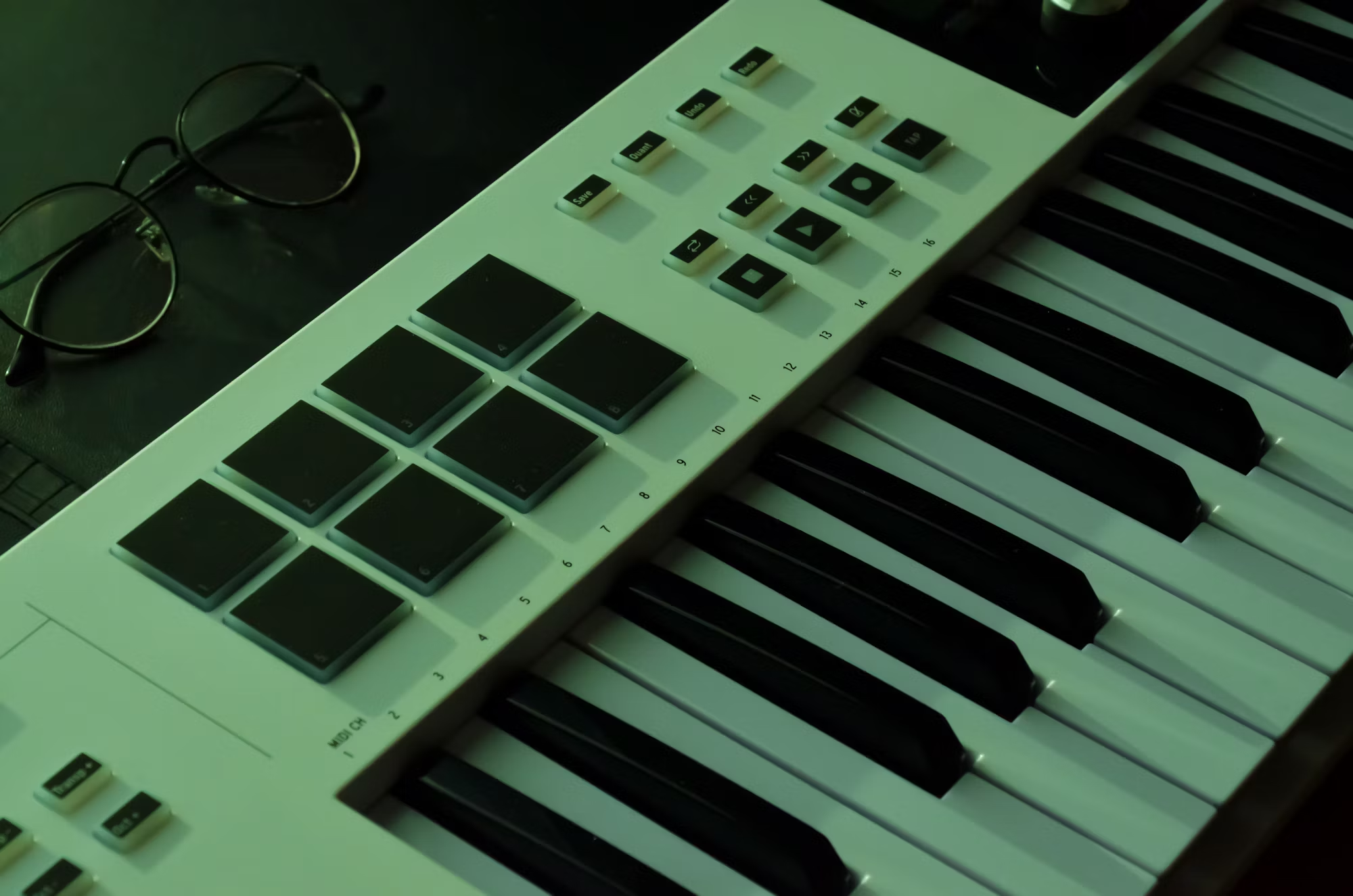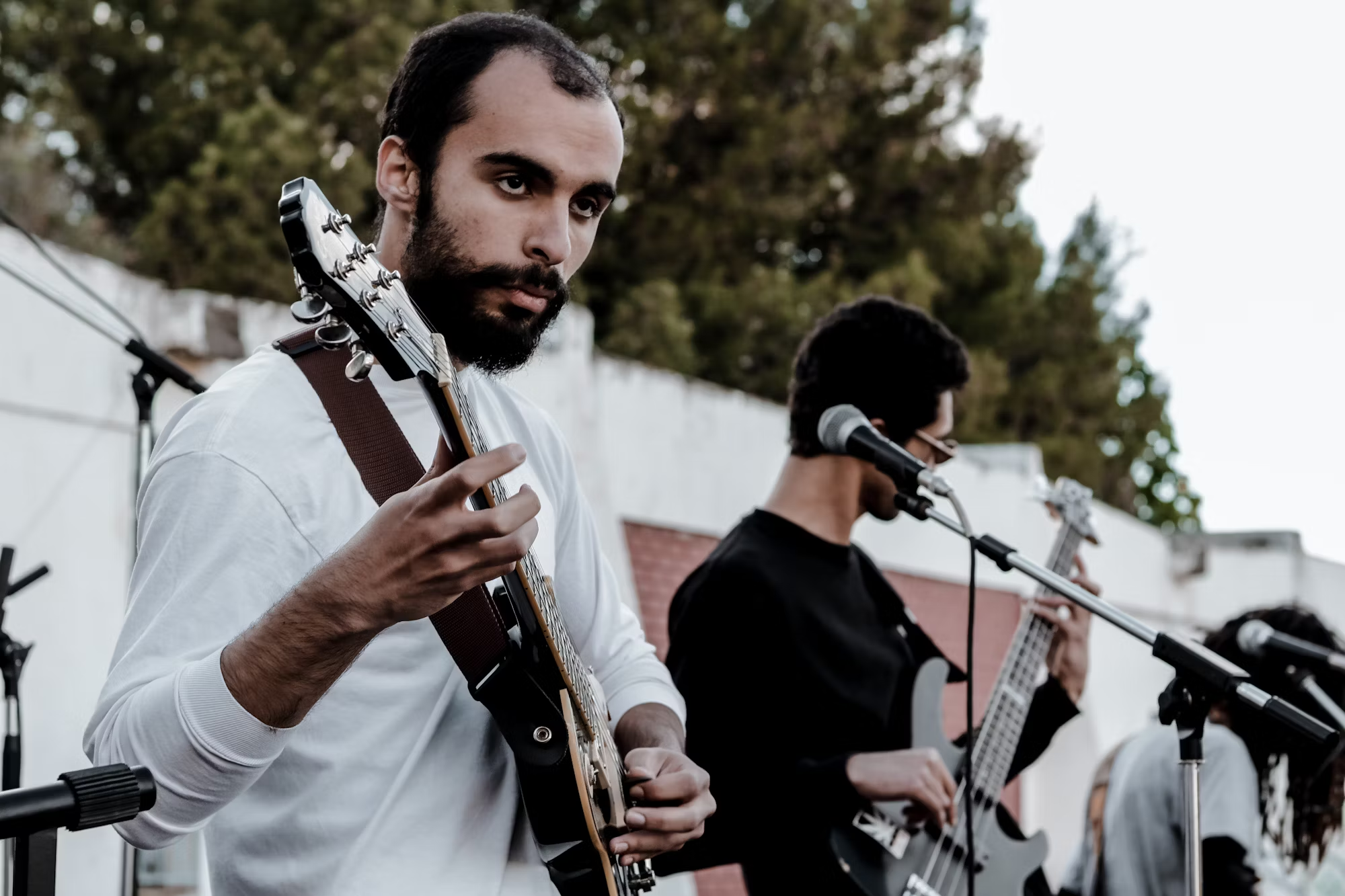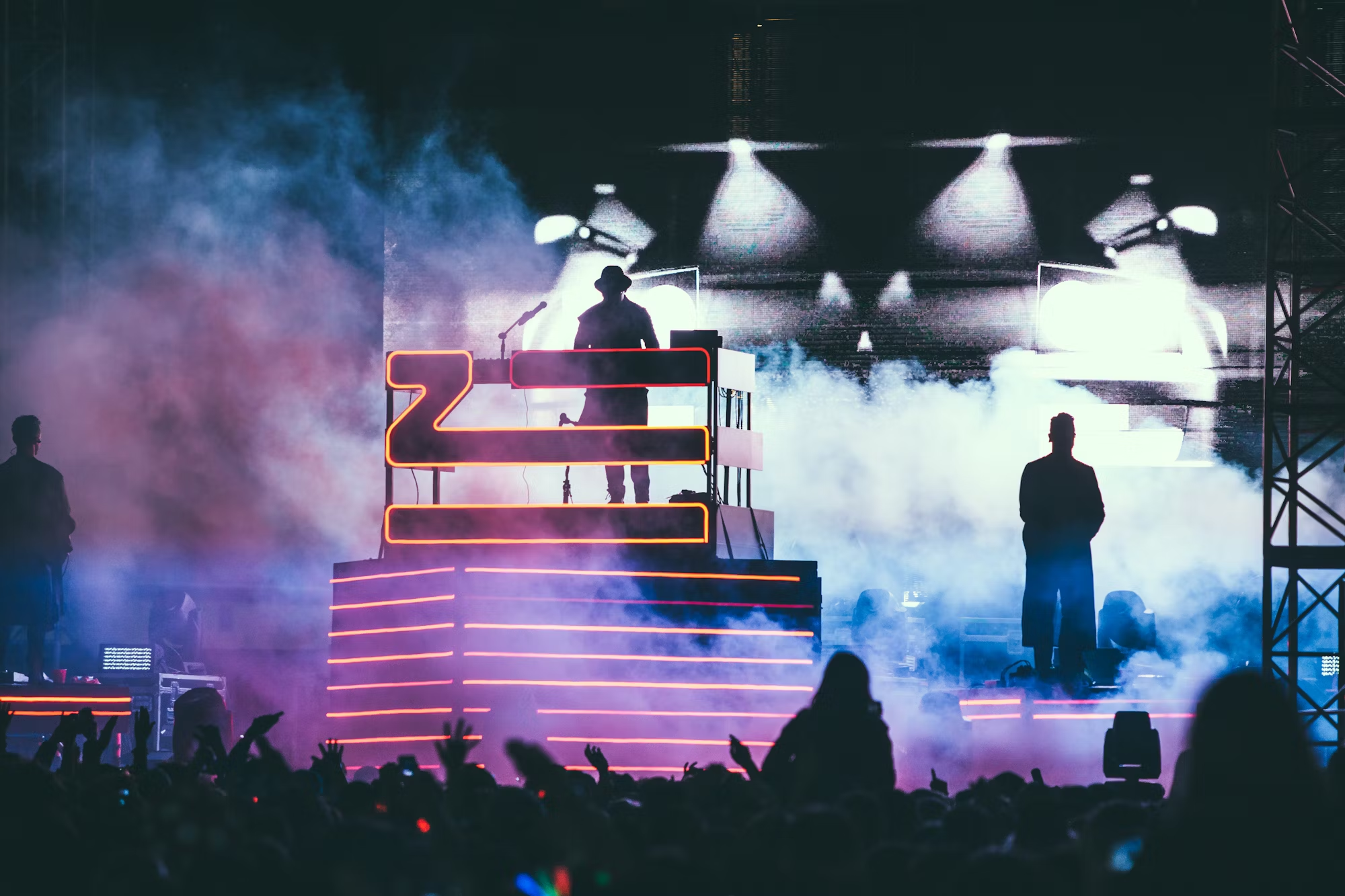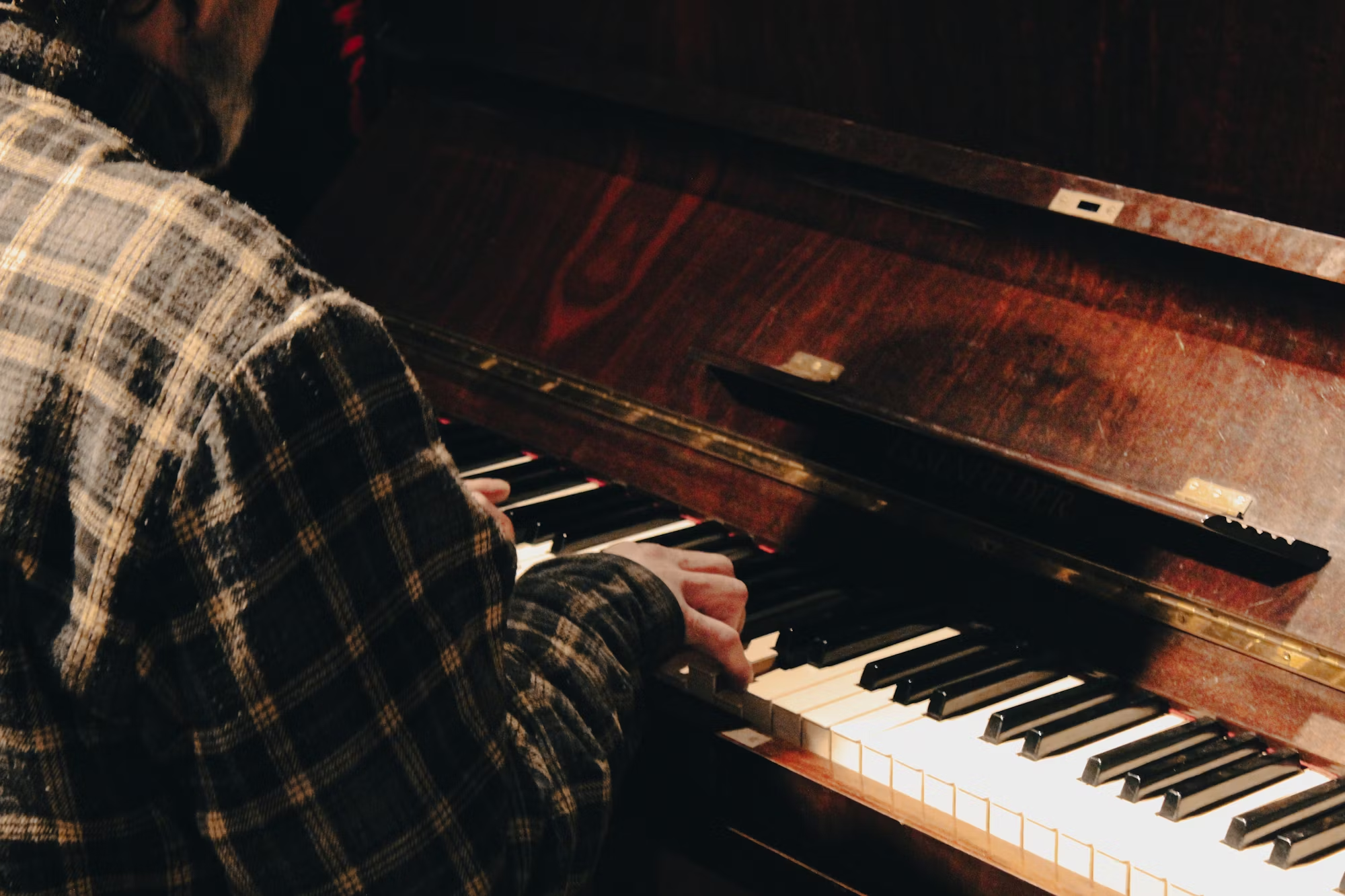Music has an extraordinary power to influence our thoughts and emotions, shaping our experiences in profound ways. From the soothing strains of classical symphonies to the infectious beats of pop hits, music accompanies us through various life stages, often leaving an indelible mark on our psyche. This article explores the psychological impact of music, focusing on its effects on mental health, social behavior, and emotional regulation.
At the heart of music’s psychological impact is its ability to evoke emotions. Research has shown that different genres elicit distinct emotional responses. For instance, classical music often promotes relaxation and introspection. Composers like Johann Sebastian Bach and Frédéric Chopin created works that resonate deeply with listeners, offering a sense of tranquility and comfort. This calming effect has been harnessed in various therapeutic settings, where music is used to alleviate stress and anxiety.
In contrast, upbeat genres such as pop and rock can energize and uplift. Songs by artists like Taylor Swift and Bruno Mars often feature catchy melodies and relatable lyrics, making them ideal for mood enhancement. Studies indicate that listening to upbeat music can increase dopamine levels in the brain, leading to feelings of happiness and excitement. This phenomenon highlights how music can serve as a powerful tool for emotional regulation, allowing individuals to manage their moods effectively.
Music also plays a crucial role in social interactions. It has the ability to bring people together, fostering a sense of community and belonging. Concerts, festivals, and social gatherings often revolve around shared musical experiences, creating lasting bonds among attendees. The communal nature of music encourages social cohesion, as people connect over shared tastes and memories associated with specific songs or genres.
The effects of music extend beyond individual experiences; they also influence group dynamics. Research has demonstrated that playing music in social settings can enhance cooperation and collaboration among individuals. For instance, group activities that involve music, such as drumming circles or dance classes, promote teamwork and communication. These shared experiences can lead to stronger relationships and increased trust among participants, highlighting the unifying power of music.
In addition to its social benefits, music has been recognized for its therapeutic potential. Music therapy is an established field that utilizes music to address various psychological and emotional issues. Therapists often incorporate music into treatment plans for individuals struggling with anxiety, depression, or trauma. Through guided listening or active music-making, clients can express themselves, process emotions, and develop coping strategies. The therapeutic effects of music can facilitate healing and personal growth, offering individuals a creative outlet for their feelings.
Moreover, music has a profound impact on memory and cognition. Familiar tunes and melodies can trigger vivid memories, often transporting individuals back to specific moments in their lives. This phenomenon, known as the “reminiscence bump,” occurs when music serves as a cue for autobiographical memories, enhancing recall and emotional connection. For instance, a song from one’s teenage years can evoke powerful emotions tied to friendships, love, or personal milestones, illustrating the lasting imprint of music on our memories.
The connection between music and memory has significant implications for individuals with cognitive impairments. Research suggests that music can stimulate cognitive functions and improve the quality of life for those with dementia or Alzheimer’s disease. Familiar songs often elicit emotional responses and can help individuals reconnect with their past, fostering moments of clarity and joy. This underscores the unique ability of music to bridge gaps in communication, offering comfort and connection in challenging circumstances.
In the realm of education, music has been shown to enhance learning and cognitive development. Incorporating music into educational settings can improve retention, concentration, and overall engagement. Studies indicate that children exposed to music show enhanced verbal skills and mathematical abilities. This demonstrates how music serves not only as a form of entertainment but also as a valuable educational tool that can foster academic success.
Furthermore, the influence of music extends into the realm of advertising and marketing. Brands often use carefully curated soundtracks to evoke specific emotions and associations with their products. For example, upbeat and catchy jingles can create positive feelings towards a brand, while soothing melodies might evoke a sense of luxury and sophistication. This strategic use of music in advertising highlights its power to shape perceptions and drive consumer behavior, illustrating the psychological principles at play.
As we navigate the complexities of modern life, music remains a constant source of solace and inspiration. Its ability to articulate feelings that words often fail to capture makes it a vital part of our human experience. Whether we seek comfort in the soothing melodies of a classical piece or the infectious energy of a pop anthem, music serves as a companion that resonates with our innermost thoughts and emotions.
In conclusion, the psychological impact of music on human behavior is profound and multifaceted. From its ability to evoke emotions and enhance social connections to its therapeutic potential and cognitive benefits, music influences our lives in countless ways. As we continue to explore the depths of this universal language, we can appreciate the vital role music plays in shaping our thoughts, feelings, and interactions. It is a reminder of our shared humanity, connecting us through melodies that resonate across cultures and generations.

